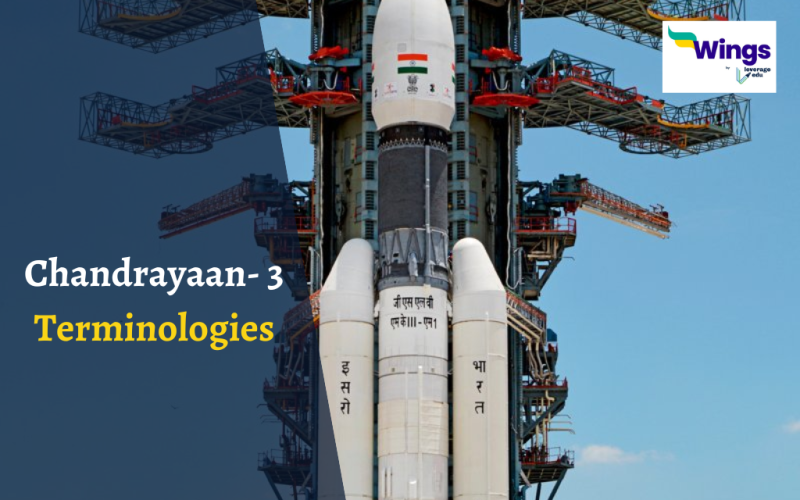Kudos to ISRO for creating history with the success of the Chandrayaan-3 mission! India’s successful historic moon mission has brought glory to the nation. With the completion of the #Chandrayaan3 Mission, India becomes the first country to contact the south polar region of the moon. The new space mission elevates India’s aspirations to new heights and establishes India as a global space mission launch site. It will open a door to space for Indian businesses and generate a tonne of job opportunities for our young people, said the Union Home Minister.
Let’s learn about all the important terms related to the Chandrayaan-3 mission:
Table of Contents
Glossary of terms
Here’s a list of terminologies related to Chandryaan- 3:
Soft-landing
It involves a controlled fall, assuring the spacecraft’s secure landing. After ascending to a height ranging from 150 and 100 metres, the lander would use its sensors and cameras to survey the surface to look for any obstacles in its way before starting its fall to a safe landing.
Also Read: Changes in Chandrayaan 3 post Chandrayaan 2
Lander
A spacecraft that approaches and lands on the outermost layer of a celestial body that is not Earth is known as a lander.
Rover
A rover is made to investigate the solid exterior of an outer planet or other celestial body of planetary mass.
Lunar dust
During soft landings, lunar dust, which is made up of tiny rough particles on the lunar surface, appears as a crucial foe. The lunar dust is agitated around the lander by an exhaust plume produced by the thrusters that control its descent speed. As seen in the NASA footage of the Apollo 15 lander’s touchdown, when the plume covered the surroundings, this disturbance might have impaired visibility.
Also Read: All About Chandrayaan-3: Mission
Moon South polar region
NASA claims that there is a lot of “mystery, science, and intrigue” in this region of the moon. A temperature of up to 54 degrees Celsius can be experienced at the lunar South Pole when the Sun is above or just below the horizon. However, some of these craters are host to perpetually shaded regions with temperatures as low as -203 degrees Celsius and no sunshine for billions of years.
Deboosting
A challenging manoeuvre that requires orbital adjustment and aircraft slowdown.
Hard-landing
Hard landings—also known as crash landings—occur at a faster rate of fall. These landings are less complicated, but they usually result in the destruction of the spacecraft. When the craft’s job has been completed, like in situations like aerial surveys, hard landings have a purpose.
Also Read: Revealing Chandrayaan 3 Budget- India’s Third Jaw-Dropping Lunar Triumph
Perilune and Apolune
It places the nearest and farthest points to the moon at 30 km and 100 km, respectively.
Velocity Control
The most important component in regulating the lander’s speed and turning the aircraft from horizontal to vertical.
Also Read: Live Updates About Chandrayaan-3: India Makes History!
This was all about Chandrayaan-3: Important terms related to the historic moon mission of India? Visit our General Knowledge Page to discover more intriguing articles about Science and Technology. Get in touch with the experts at Leverage Edu in order to kickstart your study abroad journey!
 One app for all your study abroad needs
One app for all your study abroad needs













